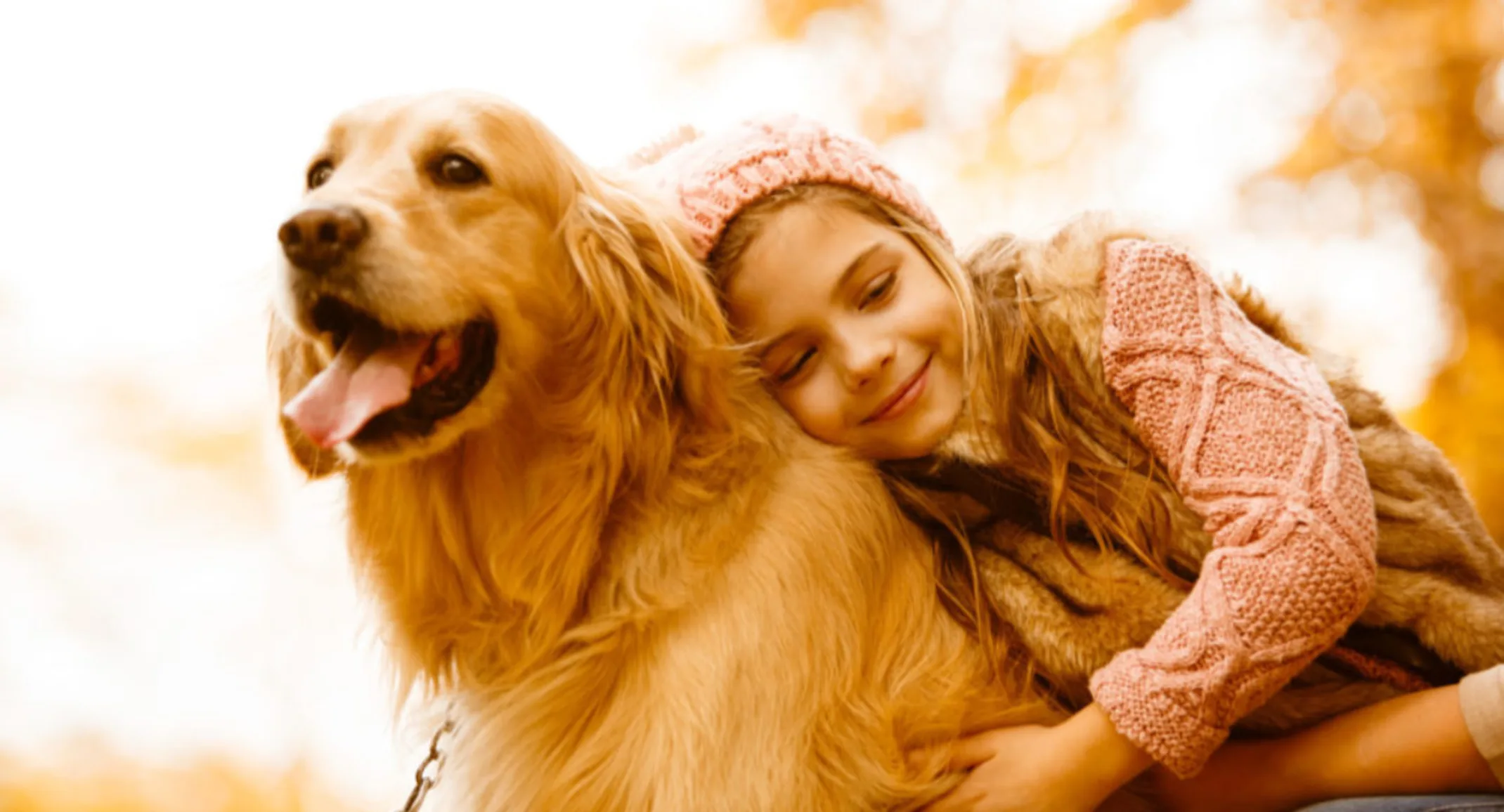Clicker Training Basics
General

Clicker training utilizes positive reinforcement to communicate to our pets which behaviors are acceptable and desired, and which ones are not. Adding something positive to a desired interaction increases the chances that an animal will repeat a behavior.
Positive reinforcement such as treats or praise can be paired with a “conditioned reinforcer” to help animals recognize that their behavior is good, desired, and rewardable. A conditioned reinforcer can be a sound, whistle, or praise. When a conditioned reinforcer is repeatedly used while providing your pet with treats or a toy, your dog will learn to associate the reinforcer (in this case, a clicker sound) with the desired behavior.
The Marker
The word “yes” or a click is the marker most commonly used when training dogs. The brief and distinctive sound, when paired with a positive outcome, results in classical conditioning. Classical conditioning is how a dog will associate a “conditioned stimulus” with an “unconditioned stimulus”. For training purposes, a conditioned stimulus can be a treat or praise, and the unconditioned stimulus is the sound the clicker makes. Whenever you make a clicking sound, you should give your animal praise or a treat. For example, when teaching a puppy its name, say its name and watch for a response. If the puppy turns its head or performs another desirable response, click and then provide your puppy with a treat within a few seconds. Repeating this process will teach your dog to perform the desired behavior upon hearing the command and corresponding click.
Timing
Proper timing is crucial to successfully training your pet. Reinforcement should happen within a second of the desired behavior and before your pet performs another separate behavior. The click is the most important part of the training process, as the sound communicates to the animal that a specific behavior is being rewarded. Remember:
Click first, then provide a treat
Move your treat hand after clicking
Click when a desired behavior occurs. Clicking late may enforce the wrong behaviors in your pet. Make sure to provide them with a treat briefly thereafter so they associate the behavior with positive rewards.
Capturing vs. Shaping
Clicker training utilizes two different techniques to teach dogs new behaviors, capturing and shaping.
Capturing is the process of waiting for your pet to perform a specific behavior naturally, and then reinforcing that behavior. This can be used for commands such as sit, down, or going to the bathroom. Simply wait for your pet to perform the desired behavior and click upon completion. Eventually, after repetition and reinforcement your dog will be able to perform that action upon command.
Shaping involves “molding” a behavior by positively reinforcing small pieces, or “criteria”, of the desired behavior. This is accomplished by slowly adding more criteria, linking the actions together, and eventually reaching the goal behavior. For example, if we wanted to teach a pet to willingly place their nose inside of a muzzle, we can shape that behavior by introducing and reinforcing the following criteria:
C/T = “Click then Treat”
C/T when your dog looks at the muzzle
C/T and treat when your dog moves towards the muzzle
C/T when your dog sniffs or otherwise moves their neck towards the muzzle
C/T when your dog touches the muzzle with its nose
C/T when your dog touches the opening of the muzzle
C/T when your dog touches the inside of the muzzle with its nose
C/T when your dog moves halfway into the muzzle
C/T when your dog puts its nose all the way into the muzzle
During this process, only increase the criteria when the previous behavior is repeated in a predictable manner. In the above example, move on to the next step when your dog has consistently learned to touch their nose to the outside of the muzzle.
When increasing criteria, only provide reinforcement for the new criteria rather than the previously learned one. This may be frustrating for your dog at first, but they will soon learn to start to perform other behaviors in hopes of being rewarded. Then capture the desired behavior, reinforce the criteria, and move on to the next one.
During the shaping process, make sure to use a high rate of reinforcement: clicking and treating should occur 8 to 10 times in one minute. Clicking is our communication method with the learner, and maintaining constant communication is the key to ensuring your dog can achieve and perform the end goal behavior. You may need to move up and down the “ladder” of criteria based on your dog. Even though your dog may have been able to successfully put the muzzle on once or twice, if your pet is distracted or does not know what you want it to do, you may need to drop to a previous criteria and behavior. Providing continued high rates of reinforcement can get your dog back on track to learning the desired behavior.
Clicker training is a hands-off and nonthreatening method of teaching your dog commands. It also will allow you and your pet to communicate more easily and ultimately strengthen your bond.

